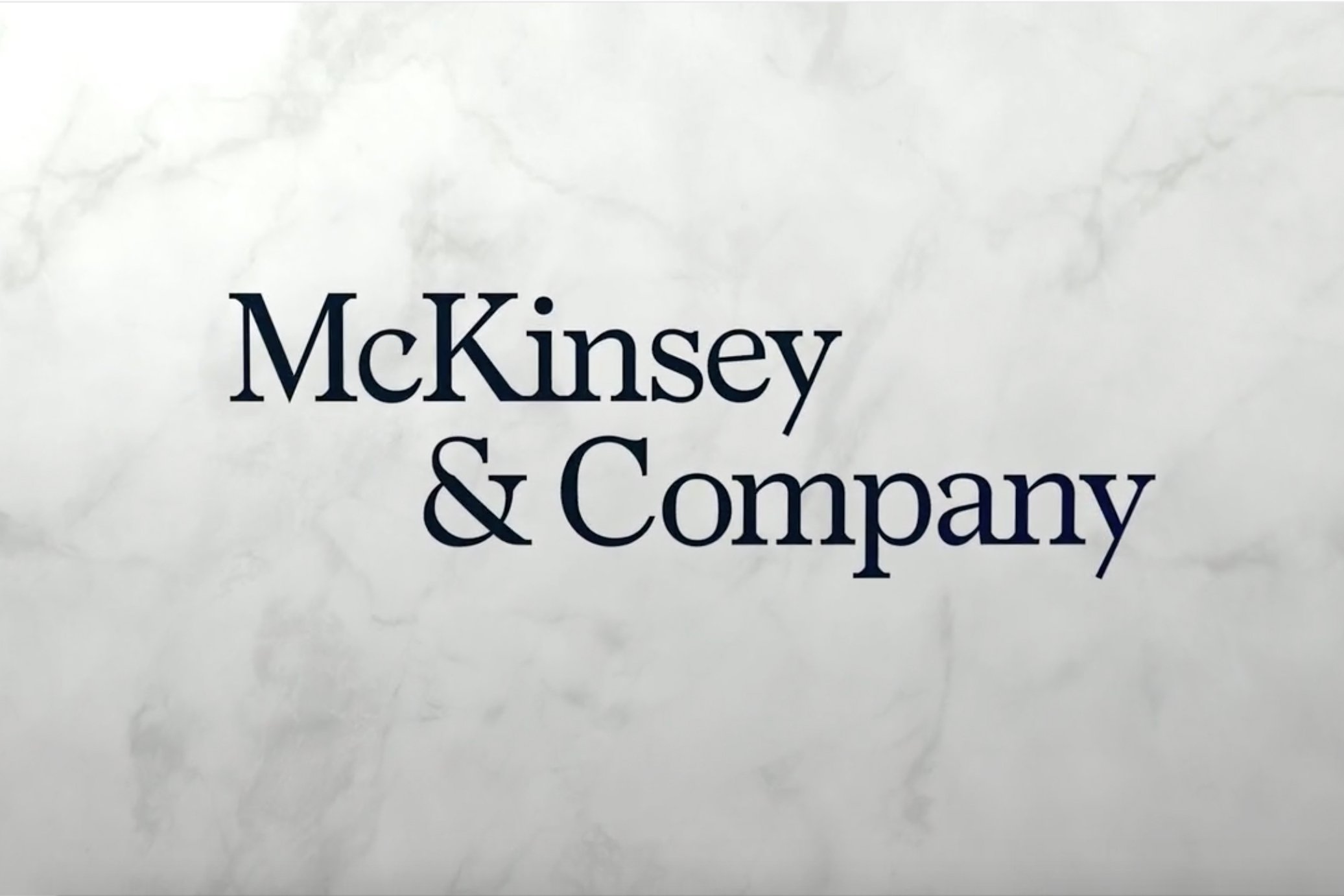McKinsey’s advice on how to collaborate better and what FP&A teams can learn from it
How the DARE framework enables better decision making
People expect that decision-making meetings should be more efficient than other meetings.
In the end, it should be clear to everyone that the objective is to decide on something that has been analyzed and reviewed for a long time.
But why do so many decision meetings result in endless discussions without much progress, let alone a clear-cut agreement on how to move forward?
According to research by McKinsey, a common problem is that it’s unclear who gets to decide, who needs to be involved in the decision-making process - and what being “involved” actually means.
Especially when it comes to big decisions, leaders are often risk-averse and ask too many others for input. As a result, it creates the expectation for many that they have a say in the final decision or a veto right.
And the result of that is foreseeable: endless discussions with little progress.
Implementing the DARE framework addresses these issues. It stands for deciders, advisors, recommenders, and executors.
📌 Deciders are the only ones with a vote. If the deciders get stuck, they should jointly agree on how to escalate the decision or figure out a way to move the process along, even if it means agreeing to “disagree and commit.”
📌 Advisers have input and help shape the decision. They have an outsize voice in setting the context of the decision and have a significant stake in its outcome—for example, it may affect their profit-and-loss statements—but they don’t get a vote.
📌 Recommenders conduct the analyses, explore the alternatives, illuminate the pros and cons, and ultimately recommend a course of action to advisers and deciders. They see the day-to-day implications of the decision but also have no vote.
📌 Executers don’t give input but are deeply involved in implementing the decision. For speed, clarity, and alignment, executers need to be in the room when the decision is made so they can ask clarifying questions and spot flaws that might hinder implementation.
The advantage of the DARE model is that everyone knows their role upfront, so they can focus on adding value accordingly, without resolving to endless discussions.
Additionally, it ensures that there are only a limited number of decision-makers, avoiding overly risk-averse decision-making.
How do FP&A teams come into play?
As Finance and FP&A leaders, we are perfectly equipped to play the role of Recommenders. Finance should have a seat at the table when all significant decisions are made because our business acumen and financial analysis know-how prepare us to look at the issues from all sides.
As a result, including Finance in the decision-making process enables more data-driven and unbiased results.
If you’d like to learn more about FP&A, I offer help in three ways:
1️⃣ Subscribe to my free newsletter “FP&A Tuesday” here.
2️⃣ Listen to 75 bite-sized mini lessons and get FP&A advice on the go.
3️⃣ Join my live online course FP&A Bootcamp to master FP&A in two weeks.

